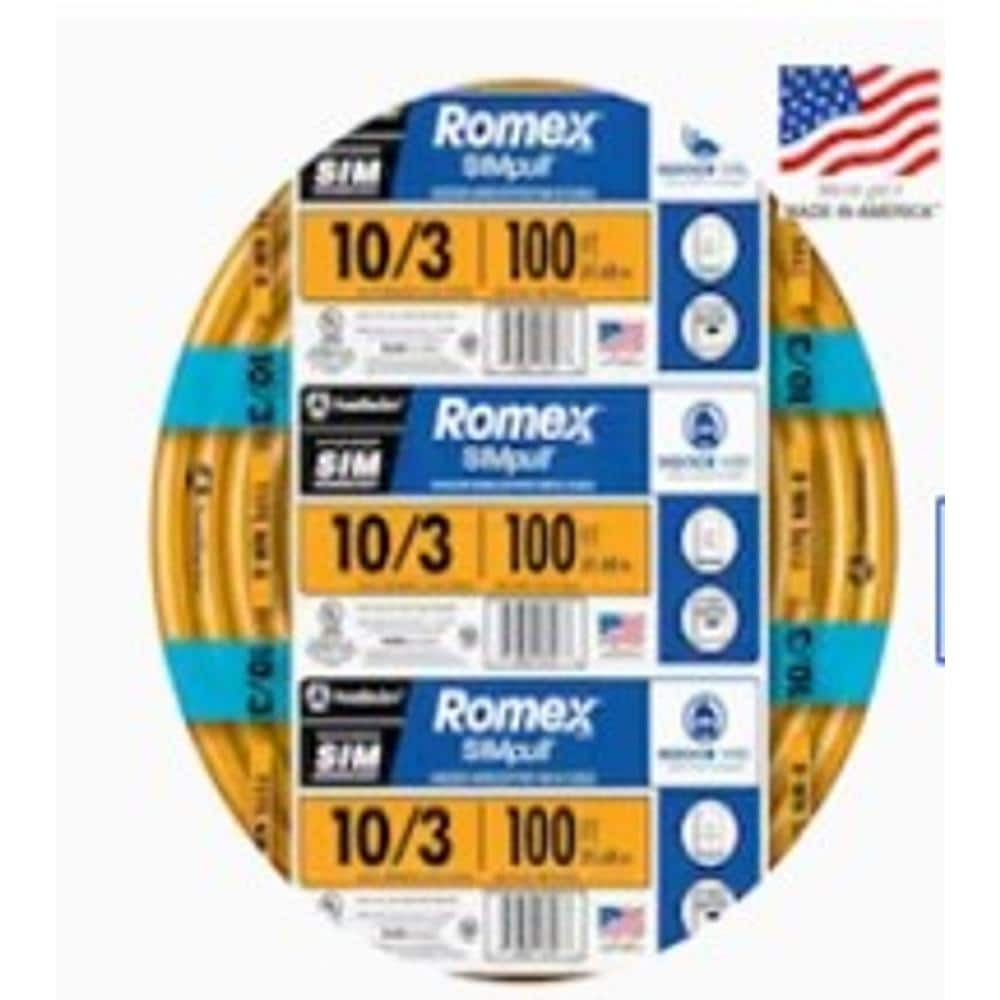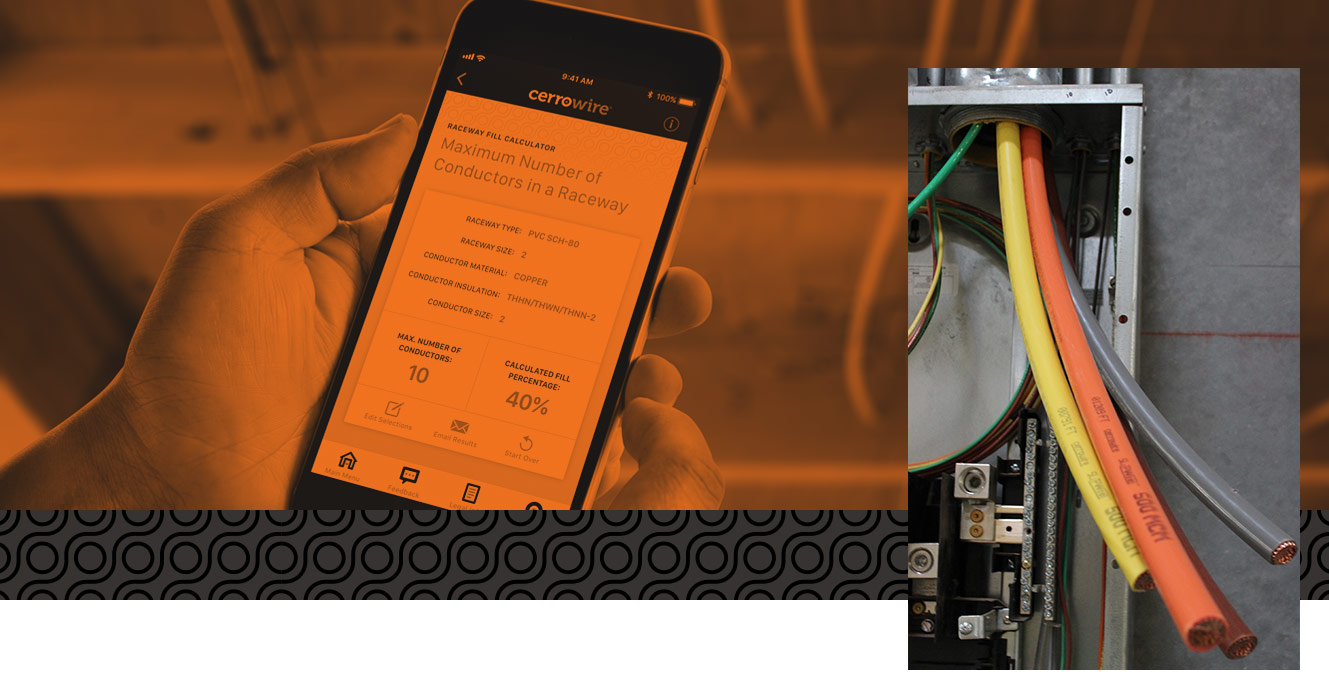I'm planning to install a 30 amp 240v circuit to charge my Standard Range Model Y. My panel has an unused 30 amp 240v breaker. I've ordering a Bryant 9430FR NEMA 14-30 outlet. Got the Tesla Gen 2 14-30 adapter on order. Only thing left is the wire.
I need 62 feet. At my local Home Depot or Lowes 100' of 10/3 wire is about $250. (50' is $200, they don't have 75')

I found 75' on Amazon through a seller called Cable Cabana for $106
I'm having trouble discerning the differences. The Amazon wire looks like it's flat and the conductors are solid. At first I thought the big box wires were stranded but that's not totally clear. Maybe they're stranded in the sense that the different conducts are twisted in the overall jacket, vs lying flat.
I need 62 feet. At my local Home Depot or Lowes 100' of 10/3 wire is about $250. (50' is $200, they don't have 75')

Southwire 100 ft. 10/3 Solid Romex SIMpull CU NM-B W/G Wire 63948426 - The Home Depot
The Romex Type NM-B Copper Building Wire is thoughtfully designed with a patented SIMpull Cable Jacket, streamlining the process of pulling, stripping, and installation. Widely recognized for its role
www.homedepot.com
I found 75' on Amazon through a seller called Cable Cabana for $106
I'm having trouble discerning the differences. The Amazon wire looks like it's flat and the conductors are solid. At first I thought the big box wires were stranded but that's not totally clear. Maybe they're stranded in the sense that the different conducts are twisted in the overall jacket, vs lying flat.




